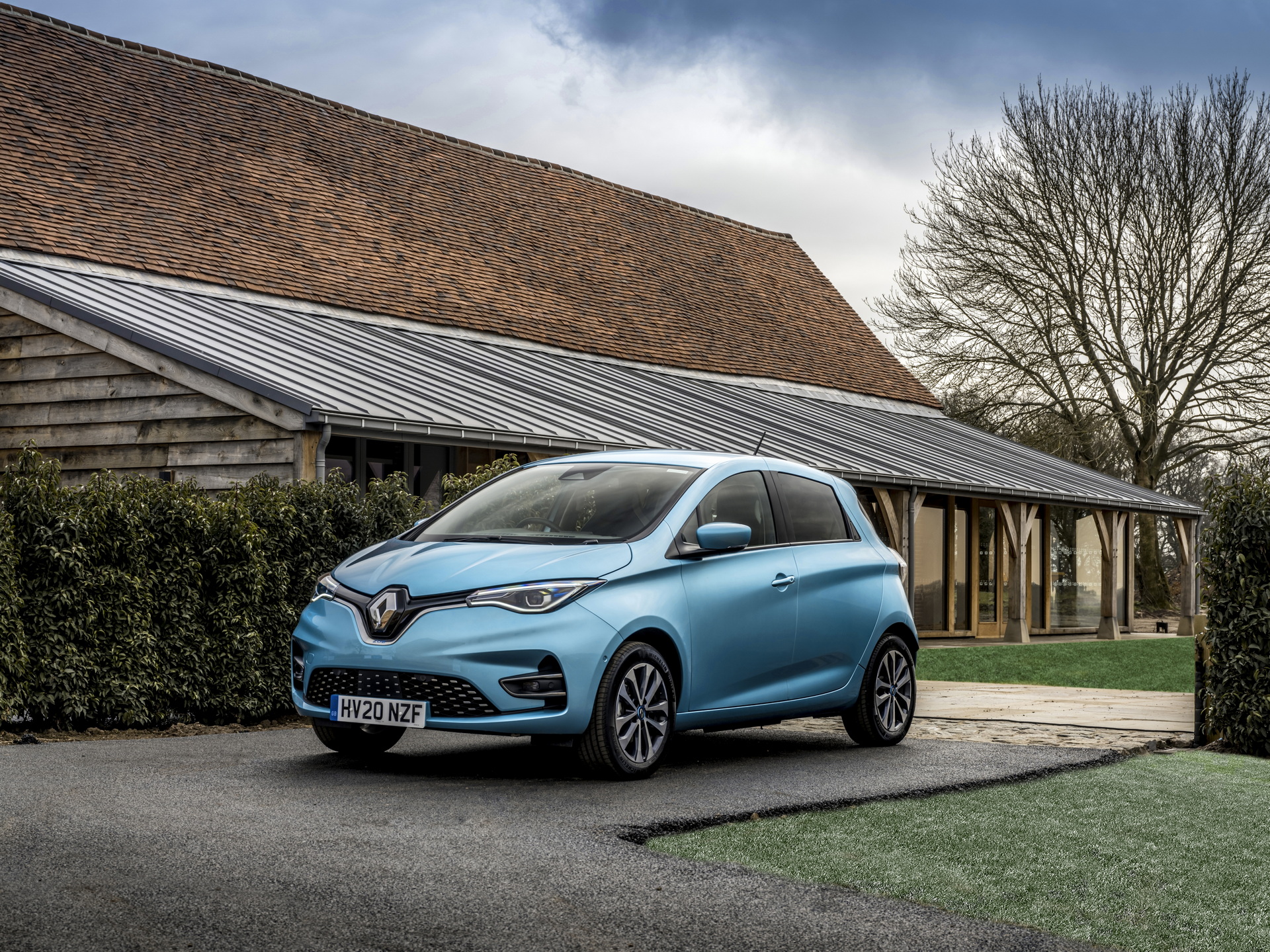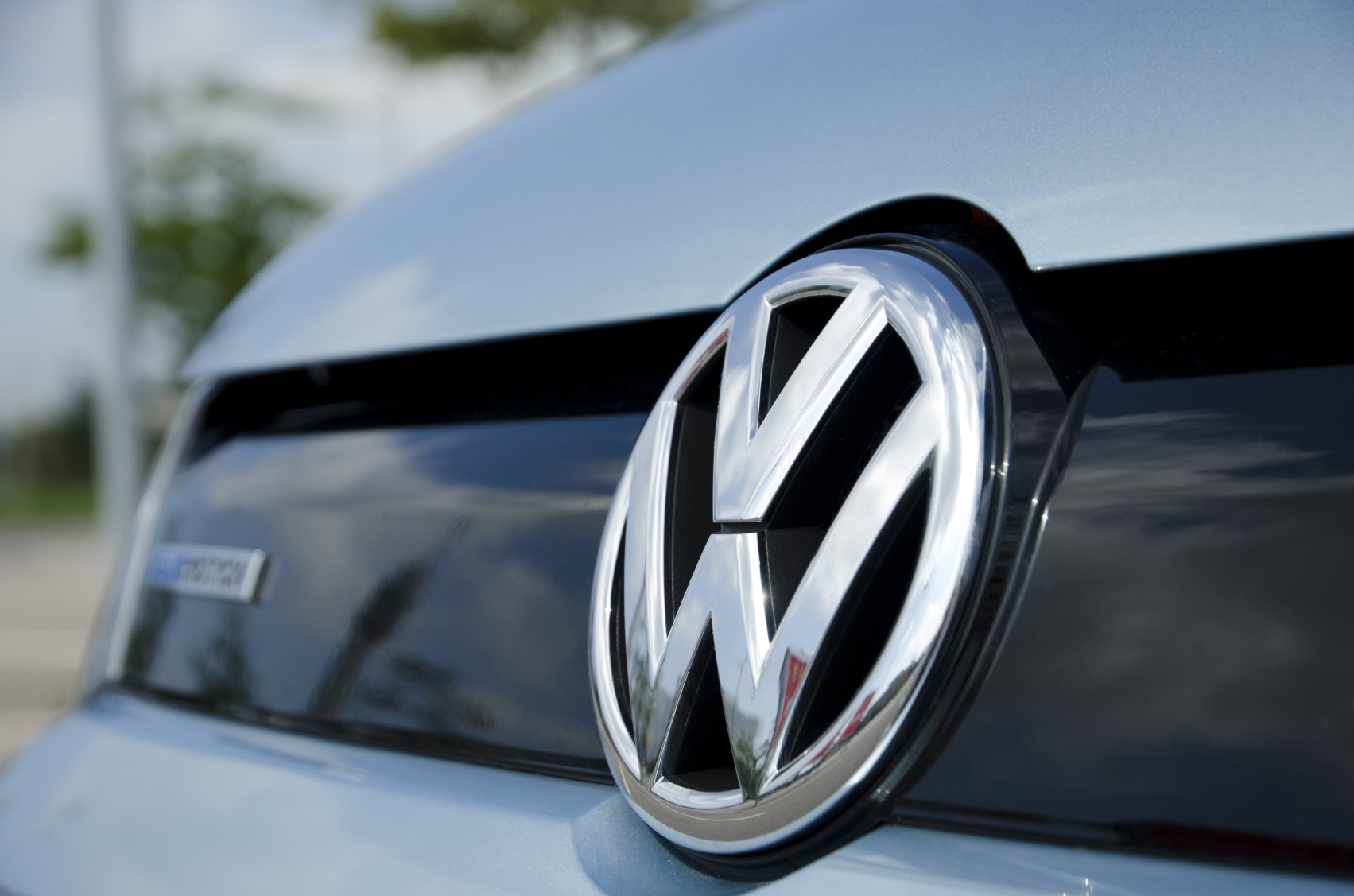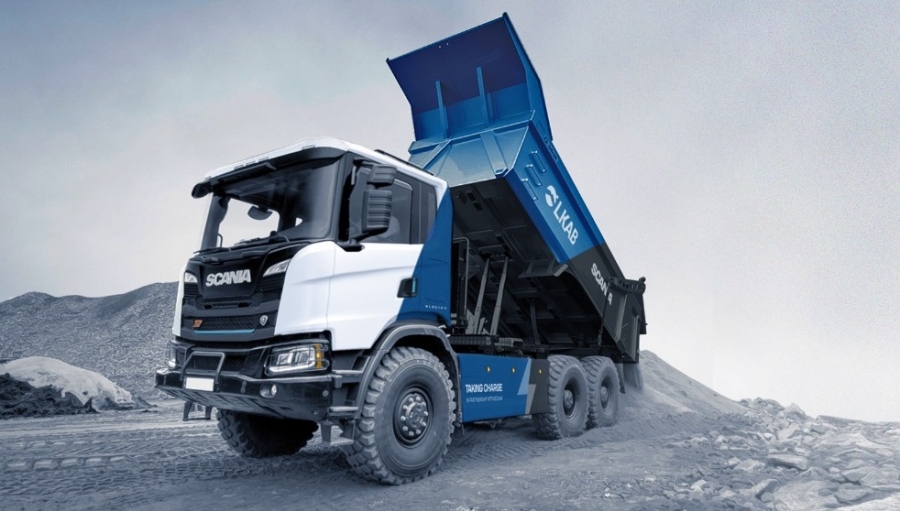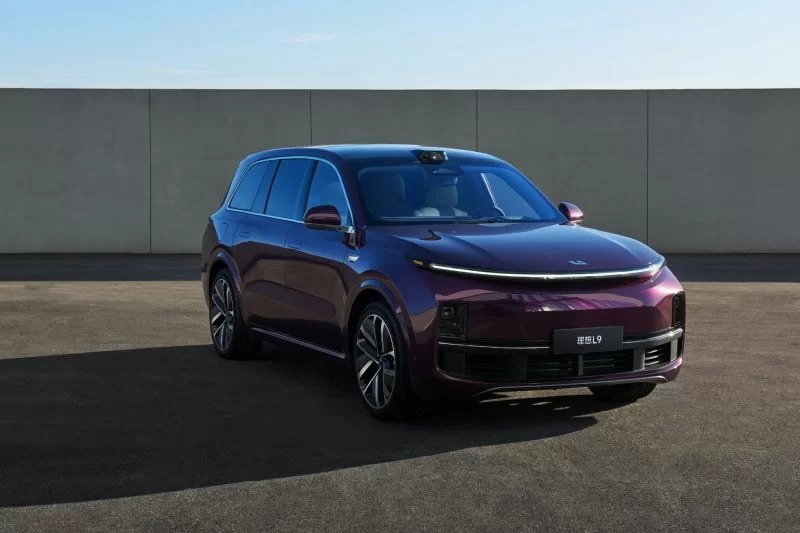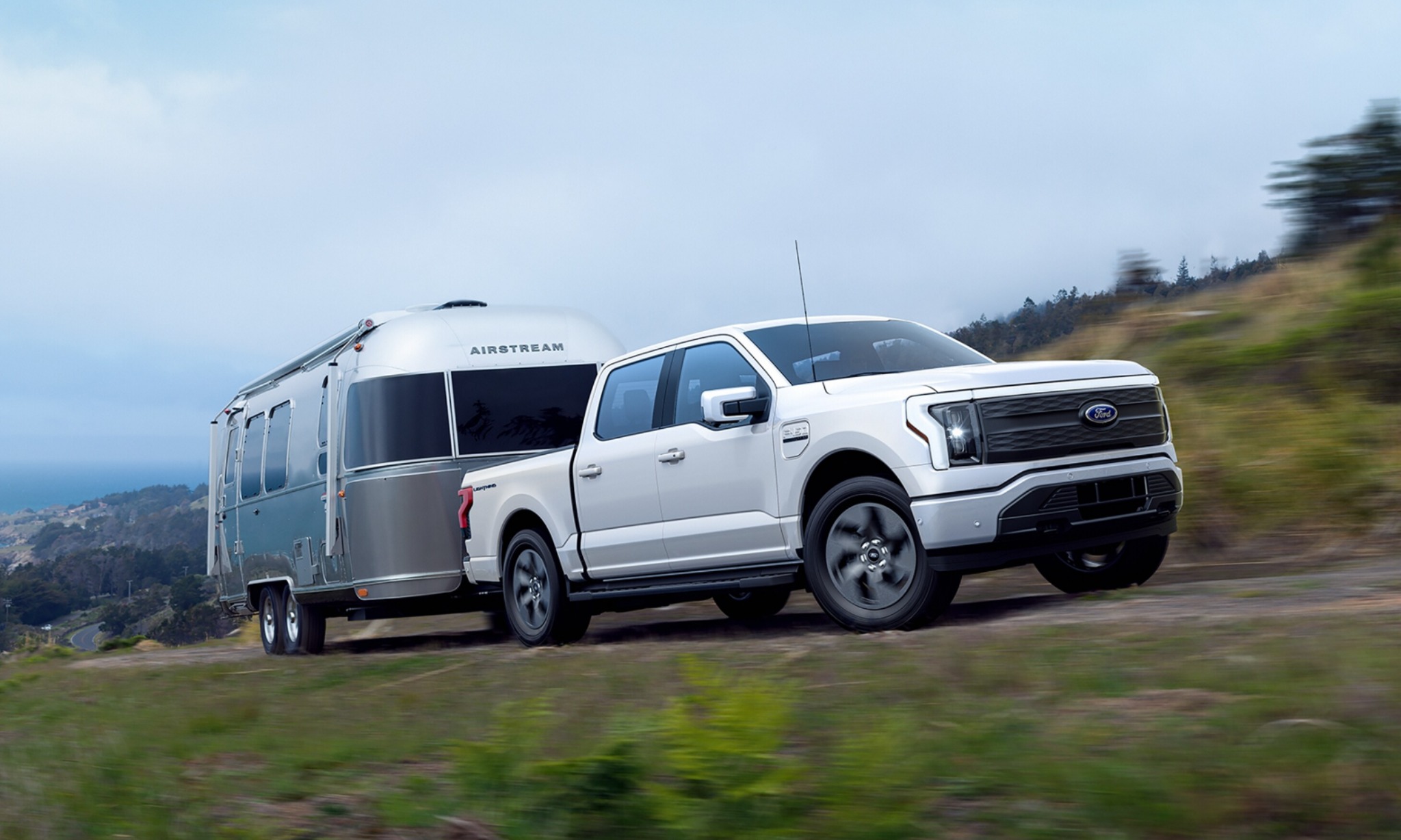Although more environmentally friendly, electric cars seem to have a few drawbacks when entering winter.
Electric cars actually suck up more battery power when in winter temperatures.
According to data presented by Germany’s ADAC, electric cars are said to consume more energy in winter than in warmer weather.
Of the several models tested, the Volkswagen ID.3 electric car was the model that drained the most battery power.
The model consumes 99 percent more energy on a 23-kilometer journey at -7°C.
This result makes ID.3 the most power-intensive electric car in winter.
While other models such as the Hyundai Kona Electric, Ford Mustang Mach-E, and Lexus UX300e consume between 46 and 59 percent more, during the winter.
While the Fiat 500e and Renault Zoe perform better with consumption of only 34 to 44 percent more, in cold weather travel.
Launching Carscoops, Monday (21/3/2022), ID.3 actually has a heat pump feature designed to keep the battery at an ideal temperature between 20°C to 40°C.
However, this system actually makes the battery power more wasteful because it is continuously pumped to make the battery at the ideal temperature.
ADAC explains that there are actually several ways to help electric cars stay stable in winter.
One of them is to park the car indoors to avoid the cold weather.
In addition, when in a car, it is recommended to use seat and steering wheel heaters for more efficient heat generation.
If you want to heat the air, simply use the recirculation button to help reduce the impact on battery power.
But if caught in a blizzard, ADAC says at -9°C to -14°C, it found that a 52 kWh battery like the one used in the Renault Zoe, can keep the cabin at a comfortable temperature for 17 hours.

